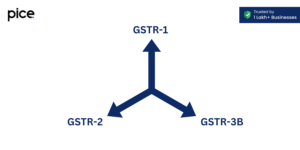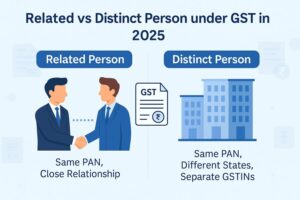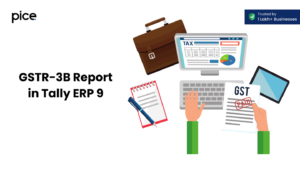Key Difference Between Inclusive and Exclusive GST
- 16 Jan 25
- 10 mins
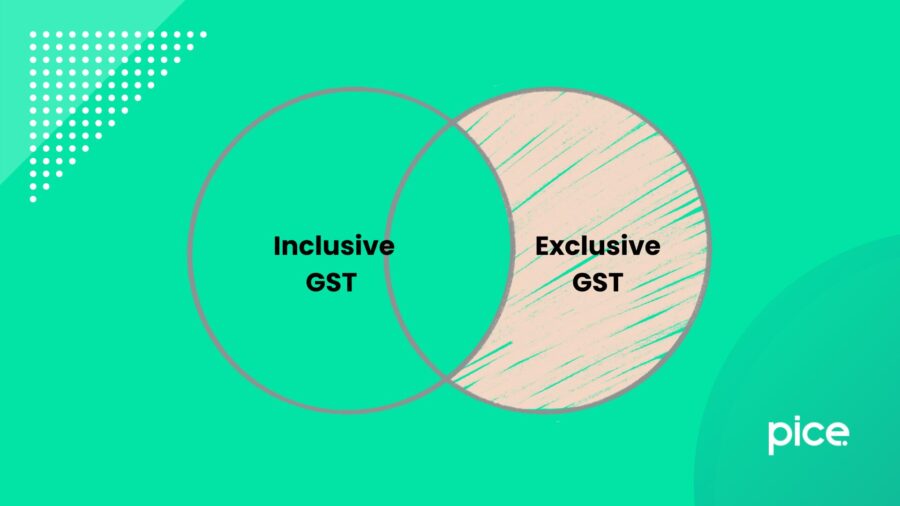
Key Difference Between Inclusive and Exclusive GST
- What Is GST?
- Features of Goods and Services Tax
- Objectives of Goods and Services Tax
- Impact of GST on the Indian Economy
- What Is GST Inclusive?
- What Is GST Exclusive?
- Example of GST inclusive
- Example of GST Exclusive
- Tax Inclusion Essentials
- When Would You Use the Term 'Inclusive GST' in Online Accounting Software?
- Key Difference Between GST Inclusive Vs. GST Exclusive
- Conclusion
Key Takeaways
- GST is a unified indirect tax replacing multiple taxes in India since July 1, 2017.
- GST-inclusive prices include tax in the total, while GST-exclusive prices add tax separately.
- GST simplifies compliance, reduces cascading taxes, and boosts economic growth.
- GST ensures uniform pricing nationwide and removes interstate tax barriers.
- Businesses benefit from reduced compliance burdens and fair competition under GST.
GST is an indirect tax that is applied to the transaction of goods and services in India. There is a difference between inclusive and exclusive GST on the price of goods and services. This blog will discuss those key differences, highlighting what is GST, its features, objectives, and the impact it has on the Indian economy.
What Is GST?
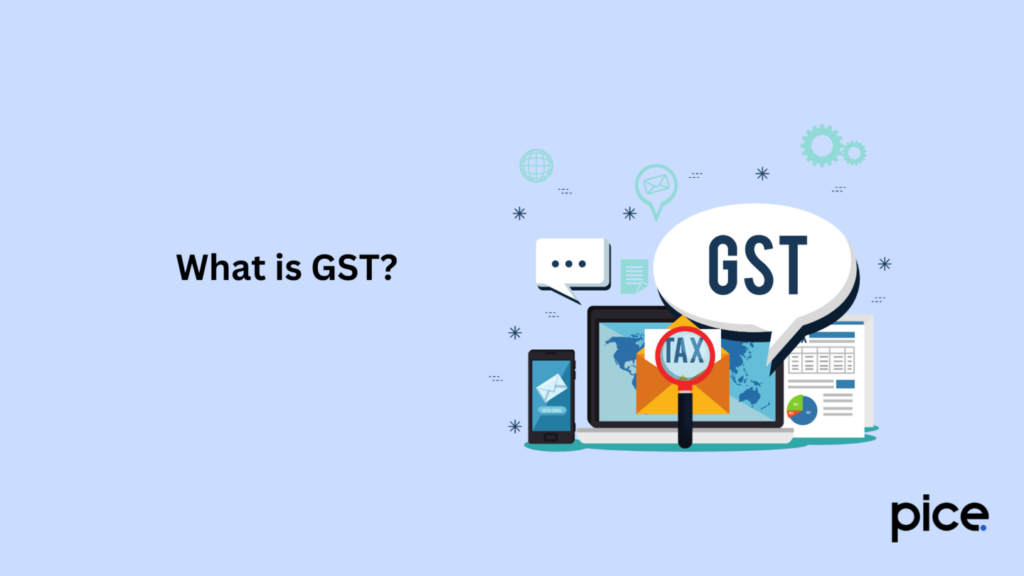
GST is an indirect tax levied on the supply of goods and services. The Indian Parliament approved GST on March 29, 2017, which became effective on July 1, 2017. GST has replaced several indirect taxes, including excise duty, value-added tax, entry taxes, and services tax.
The Goods and Services Tax was introduced to establish a single indirect tax on all goods and services transactions in India. When the GST was introduced, different product categories were assigned into 4 tax slabs, such as - 0%, 5%, 12%, 18% and 28%. These slabs vary with the evolving needs of the Indian economy.
Features of Goods and Services Tax
Goods and Services Tax has some unique features, such as businesses having a GST compliance rating based on how timely they file their returns and tax payments. Some other features of GST are:
1. GST is a destination-based consumption tax, meaning it is levied at the point of consumption of goods and services instead of from the point of origin or production.
2. Both the central government and state governments levy GST under a dual GST model.
3. Businesses can file their GST returns online and pay taxes through the GST portal.
4. Small enterprises with a turnover of up to ₹20 lakh are exempted from GST.
5. The non-profit, public-private partnership known as the GST Network (GSTN) supplies the IT services and infrastructure needed to execute GST.
Objectives of Goods and Services Tax
Existing tax laws before the Goods and Services Tax were complicated and had several compliances. The Indian government introduced GST to simplify the indirect taxation structure. Here are some of the objectives of GST:
1. The Goods and Services Tax (GST) consolidates the Indian market under a single tax system. It has replaced the complicated state and central taxes that were separate across the states and created a consistent tax structure.
In addition, it removed some of the complexities from the Indian tax system, allowing goods and services to be transferred across state borders without additional tax burdens.
2. Previously, businesses faced the challenge of a cascading tax effect, where multiple layers of taxes increased the cost of goods and services. This led to inflated prices for consumers. The introduction of GST resolved this issue by implementing an input tax credit system, which allowed businesses to claim credits for taxes paid on inputs.
This system ensured that taxes were levied only on the value added at each stage of the supply chain, significantly reducing the cascading tax burden.
3. GST was introduced to combine different indirect taxes, such as VAT, excise duty, and service tax, into a single and unified tax system. This establishes a simpler and more transparent tax system.
Every transaction is filed through a unified platform. So, GST makes it harder to hide or fake sales figures to avoid taxes. Businesses must now report their purchases and sales correctly.
4. One of the main objectives of GST is to widen the tax base in India. Almost all of the indirect taxes earlier had their threshold limits for registration depending on the income of the business. Since GST involves all transactions related to goods and services in India, there is a huge scope for growth in the number of businesses coming under the tax registration net.
5. Goods and Services Tax has the objective of encouraging entrepreneurship, increasing investment in the country and promoting economic growth. Since GST rates are the same across the nation, it reduces the tax burden on people and makes the price of products the same across the country.
Impact of GST on the Indian Economy
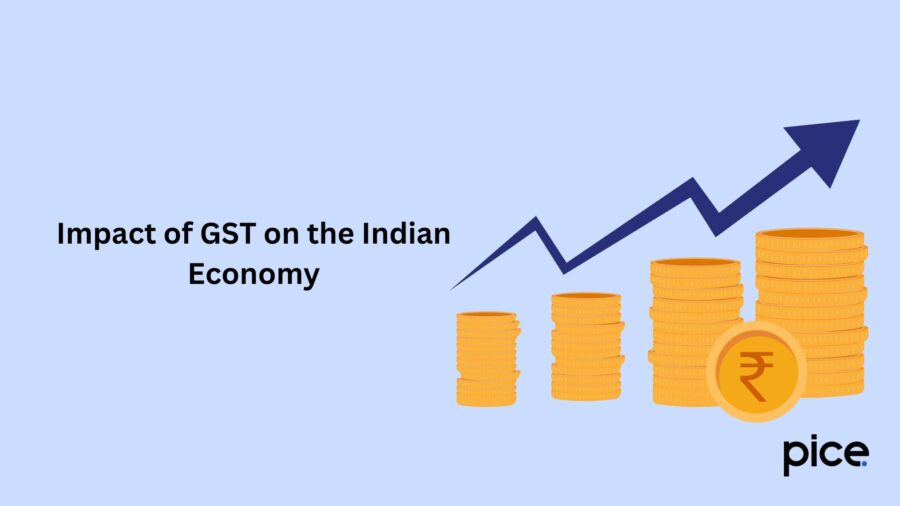
Goods and Services Tax have had a major impact on the Indian economy, and here are some of them below:
1. GST has helped reduce compliance requirements by bringing consistency to the indirect taxation system. It has built a more inclusive environment, making it easier for organisations to beat business competition. GST also helps businesses grow across the country without struggling with varying tax laws in different states.
2. The tax system under GST is now a lot simpler, making it easy to conduct business in India. The paperwork of the tax processes has been reduced, less cases of errors, and tax compliance is more efficient and less time-consuming.
This has been particularly beneficial for small and medium enterprises, which usually have fewer resources to handle complex tax regulations.
3. Various indirect taxes have been brought under GST, and this has reduced the chances of duplication of taxes. The tax environment has been stabilised and predictable, encouraging both domestic and foreign investment. GST has also helped bring off better tax collection, boosting the Indian economy. In addition, the tax calculation has become simpler because of the single tax rate.
4. Since tax evasion has been reduced through GST, it has had a huge impact on the Indian economy. It also has nurtured fairness since all businesses pay their share, reducing the burden on the businesses that properly pay their taxes. This has also given a boost to government income without needing to increase tax rates.
5. India has shifted to an automated indirect tax system using advanced technology, and everything has become online. Some examples are electronic compliance forms and making online receipts and an invoice of sale using the online platform. It is now easier to track product movement using e-waybills, etc.
6. Traders and manufacturers from the organised sector have more flexibility to choose suppliers, stakeholders, and vendors who offer better deals after implementing GST. This is because the GST rate for a good or service is the same across the country, and no businesses can charge an extra rate on goods or services.
What Is GST Inclusive?
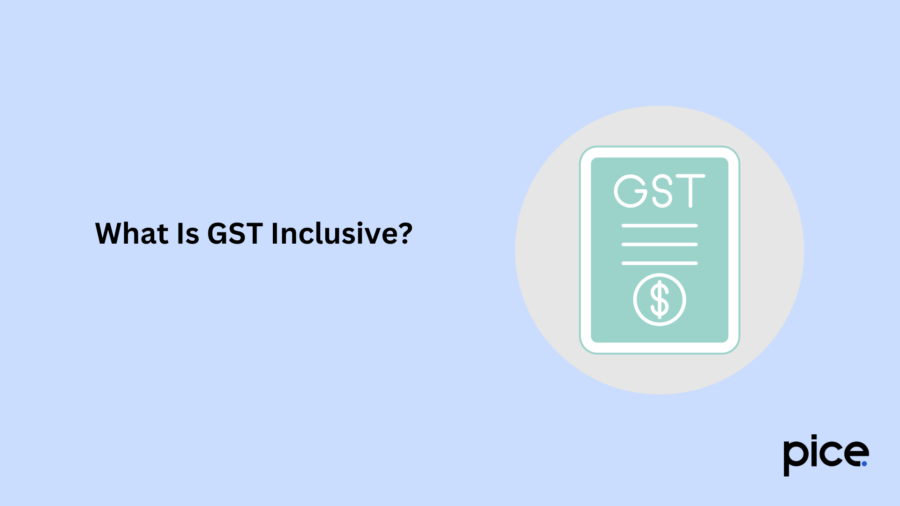
GST-inclusive pricing includes the tax on the total amount charged to the consumer. This includes the price of goods and services, and here GST is not applied at the time of purchase and will not be imposed separately. Usually, the product selling price increases when it comes to GST-inclusive tax rates rather than price rates.
What Is GST Exclusive?
GST-exclusive pricing is when the tax is paid separately and is not included in the price of goods and services. The GST amount will be added to the price of the goods or services.
Example of GST inclusive
Here is an example to understand what GST-inclusive pricing is -
Suppose a business owner is selling a product or service worth ₹30,000, which includes GST at a 30% rate. So, the item price will be calculated as ₹30,000 inclusive of 30%, while the original price of a product or service value is ₹(30,000 -30,000 * 30%) = ₹(30,000 - 9,000) = ₹21,000 (exact price excluding the GST).
Example of GST Exclusive
Continuing from the previous example, suppose a business owner is selling a product worth ₹30,000 and the applicable GST rate is again 30%. So, the final price will be ₹(30,000 + 30,000 * 30%)= ₹(30,000 + 9,000) = ₹39,000.
Tax Inclusion Essentials
There are some essentials for the inclusion of goods and services tax, such as:
1. Consumers pay a set total for a product or service.
2. Tax rates are calculated before the transaction in the case of GST-inclusive pricing. So, the unit price will be lower before the tax rate is imposed.
When Would You Use the Term 'Inclusive GST' in Online Accounting Software?
The term 'inclusive GST' can be used in online accounting software if the Maximum Retail Price (MRP) is mentioned on products in retail shops, websites, advertising, or any other way. Here, inclusive tax amounts can be calculated using an online calculator.
Key Difference Between GST Inclusive Vs. GST Exclusive
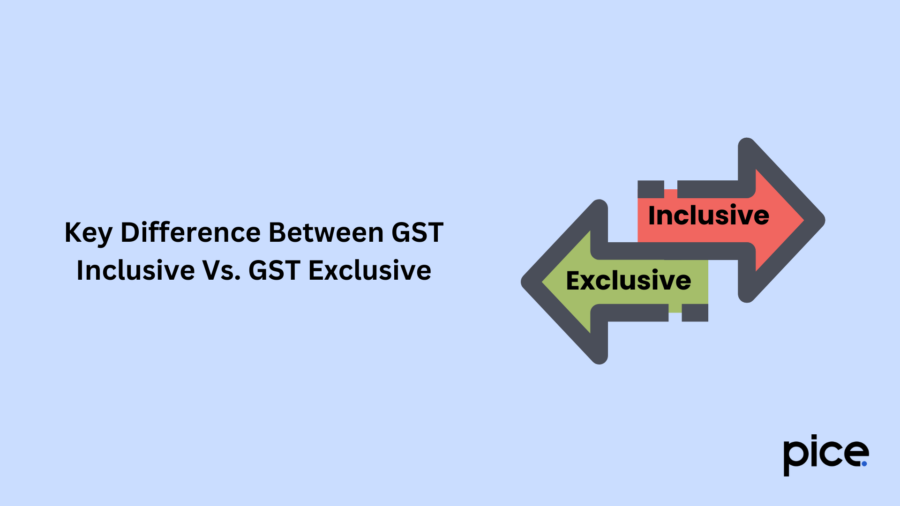
Generally, tax-inclusive prices will always include taxes in the total of the unit pricing, while tax-exclusive prices will only include taxes applied to the total at the purchase price.
Tax-exclusive rates are typically lower than tax-inclusive rates, and the difference between the prices will become more notable as the sum increases. In this case, as the market value of a product or service increases, the applicable tax rate rises proportionally. So, when the seller is ready to keep their price cheaper than other sellers, they can charge the customer GST, keeping the actual price exclusive of GST.
Knowing the key differences between tax-exclusive and tax-inclusive rates may be helpful to a company wanting to maximise its profits. Additionally, understanding the difference between flat rates and rates subject to additional taxes helps individuals better anticipate the total cost of purchasing products and services.
Conclusion
The Goods and Services Tax was introduced to bring together the indirect taxes and set a consistent taxation rate for transactions of different products and services across India. There is a difference between inclusive and exclusive GST, such as GST inclusive pricing includes the tax with the price of the goods or services.
Exclusive GST pricing, however, will be added to the price after calculating the tax amount of the product or service with the applicable tax rate.
💡If you want to streamline your payment and make GST payments, consider using the PICE App. Explore the PICE App today and take your business to new heights.
 By
By 







